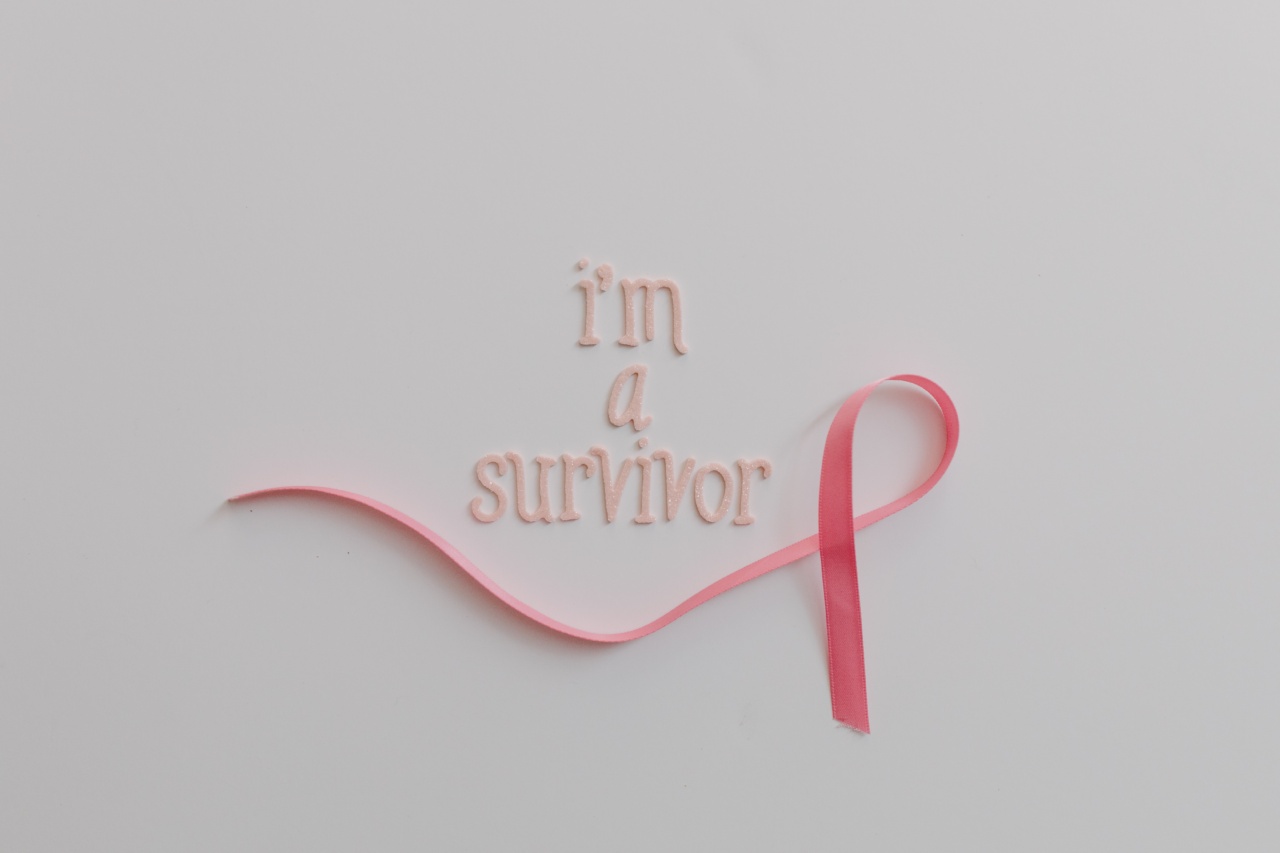Breast cancer is a type of cancer that develops in the breast cells. Many women are affected by breast cancer every year, and it is one of the leading causes of death among women.
Given the emotional and physical challenges that come with diagnosis and treatment, patients require significant support to navigate the uncertain path of diagnosis, treatments, and recovery. In this article, we will discuss the importance of access conditions in supporting breast cancer patients while highlighting the therapeutic benefits of empathetic art to help patients in their journey of healing and recovery.
Access Conditions for Breast Cancer Patients
Access conditions have a critical role in ensuring a patient’s well-being as they go through diagnosis and treatment.
Typically, access conditions refer to the timely and appropriate access to healthcare services, including prevention, screening, diagnosis, treatment, and palliative care services. Access conditions are the bedrock of quality care and are essential for supporting breast cancer patients in their journey of healing and recovery.
The Importance of Empathy in Breast Cancer Care
Breast cancer patients face tremendous emotional and physical challenges throughout their journey. Given the magnitude of the challenges they face, empathy is a critical element in providing care for these patients.
Empathy implies understanding the patient’s emotional state and providing supportive care that meets their physical and emotional needs. Empathy needs to be at the forefront of clinical practice when treating breast cancer patients as it leads to better outcomes, enhanced quality of care, and overall patient satisfaction.
Using Empathetic Art to Support Breast Cancer Patients
Art has been shown as an effective tool in supporting breast cancer patients. Empathetic art can provide a therapeutic, safe, and empowering space for patients to express thoughts, feelings and emotions they may struggle to articulate in words.
Art can be used to reduce anxiety and stress, foster social interaction, and enhance emotional well-being.
The Therapeutic Benefits of Empathetic Art
When patients create or engage in empathetic art, they are given a chance to release feelings and emotions through an expressive medium.
While patients might be focused on the clinical treatment of their disease, empathetic art can help them connect with their emotions, reclaim a sense of ownership over their lives, and foster hope and resilience. The benefits of empathetic art include:.
1. Increased Quality of Life
Research has shown a positive relationship between artistic activities and increased levels of well-being and quality of life.
By providing patients with an opportunity to engage in empathetic art, clinicians can improve the patient’s self-esteem, help them feel more in control of their lives, and foster a sense of purpose.
2. Boosted Self-Expression
Art provides an outlet for self-expression, which can help patients communicate their innermost emotions and experiences. Art helps patients find new ways to communicate what they are feeling, which can be difficult to articulate in words.
This enhances communication between patients, caregivers, and clinicians.
3. Reduced Anxiety and Stress
Breast cancer patients commonly experience anxiety and stress attributed to the diagnosis, treatment, and life-changing events.
Empathetic art can serve as an effective tool in managing cancer-related emotional and mental health challenges, including feelings of anxiety and depression. Engaging in art, whether individually or communally, can help reduce stress and improve the patient’s positive outlook in life.
4. Positive Distractive Effect
Cancer diagnosis and treatment can be all-consuming, leading to feelings of isolation and detachment from the world outside the illness. Patients can benefit from engaging in activities unrelated to their treatment and symptoms.
Empathetic art can provide a positive distraction from daily worries, giving patients a break from the challenging nature of their diagnosis and treatment.
Conclusion
Breast cancer patients require comprehensive support throughout the entire journey of diagnosis, treatment, and recovery.
Access conditions and empathy must be at the forefront of clinical practice to ensure patients receive timely and appropriate care that takes the emotional and physical challenges they face into account. Empathetic art offers a safe and therapeutic form of support, providing patients with a powerful tool to express their emotions, reduce anxiety, and foster resilience.
When combined with sound clinical care, empathetic art can be a powerful tool in supporting breast cancer patients in their journey of healing and recovery.





















